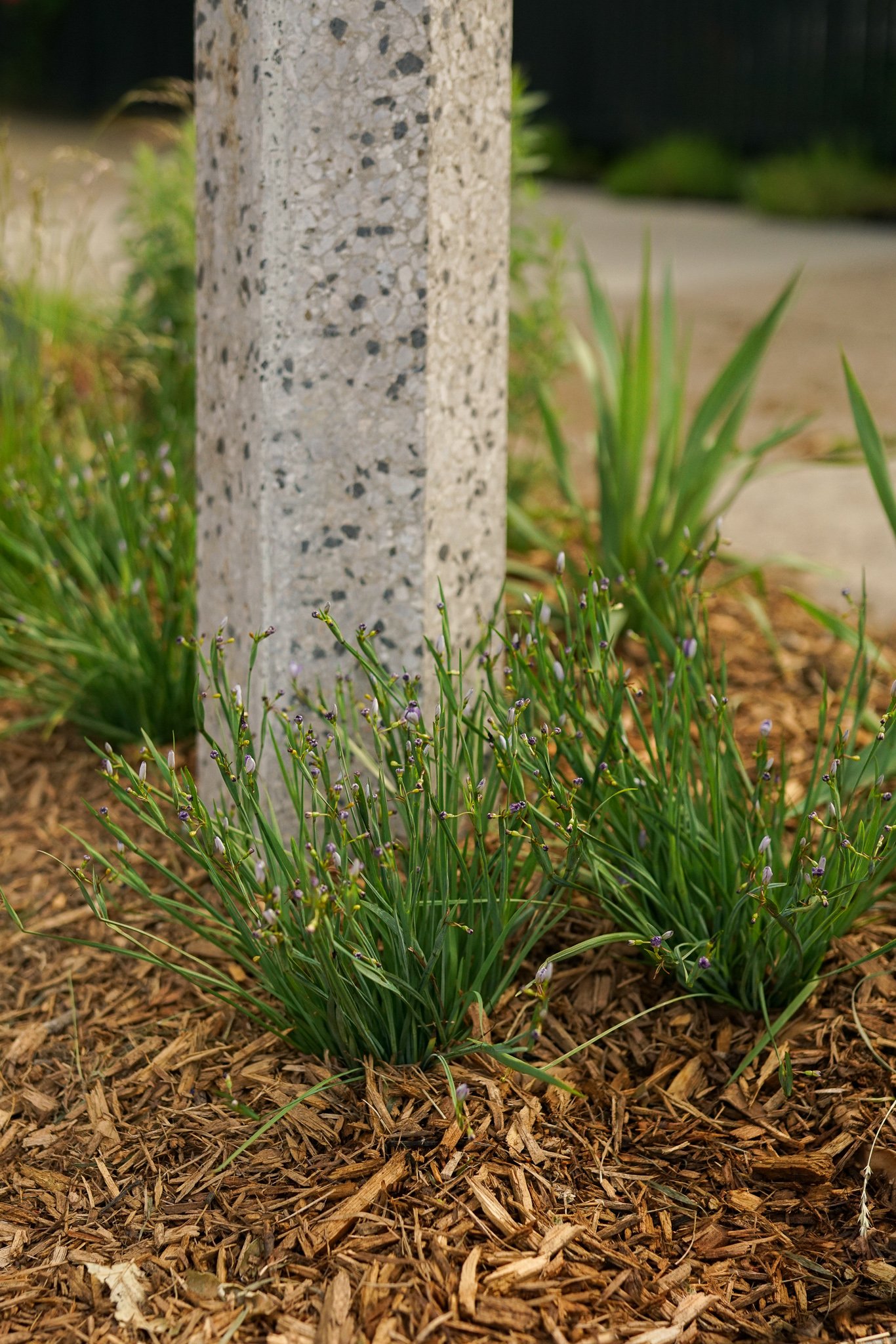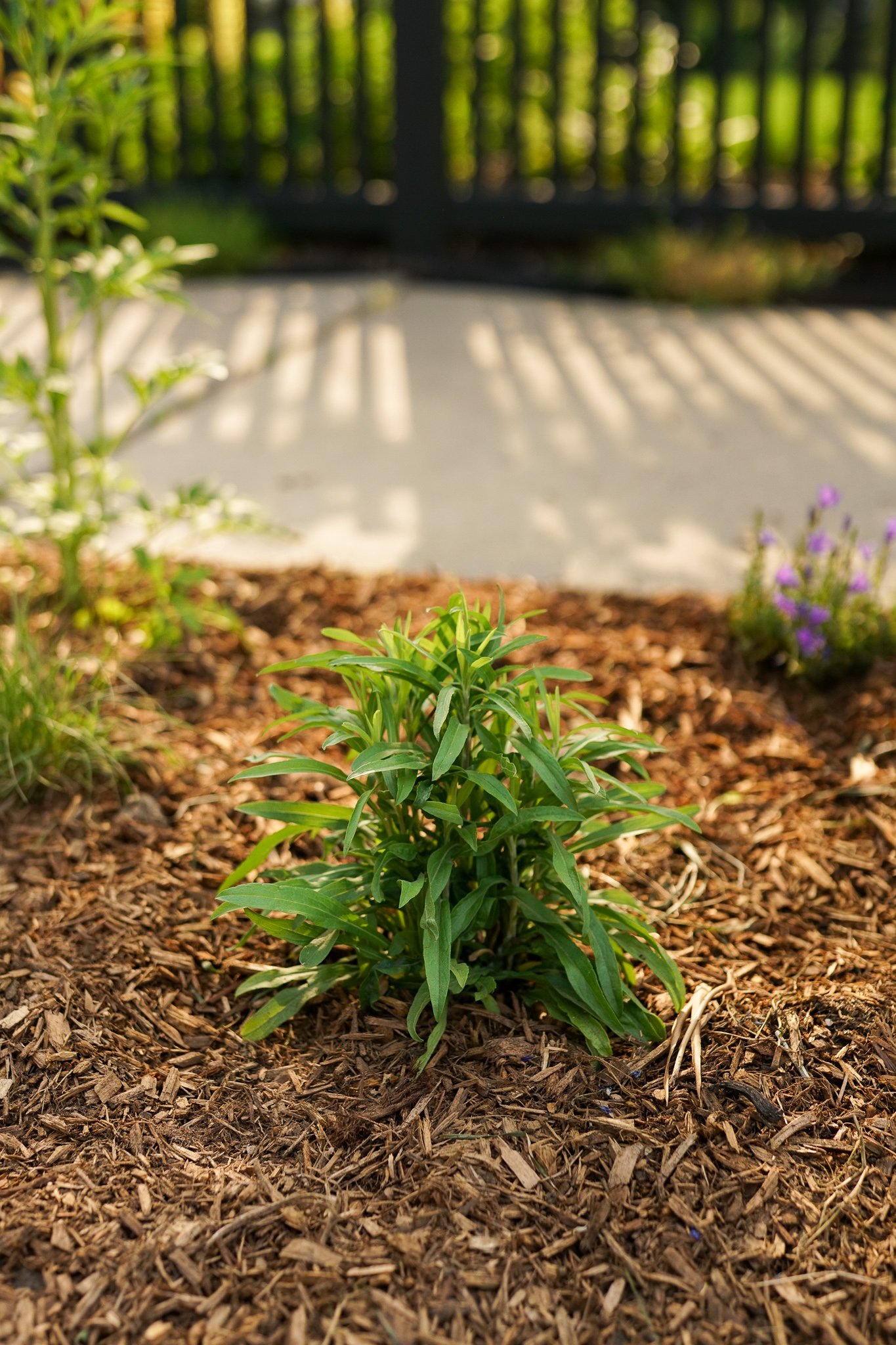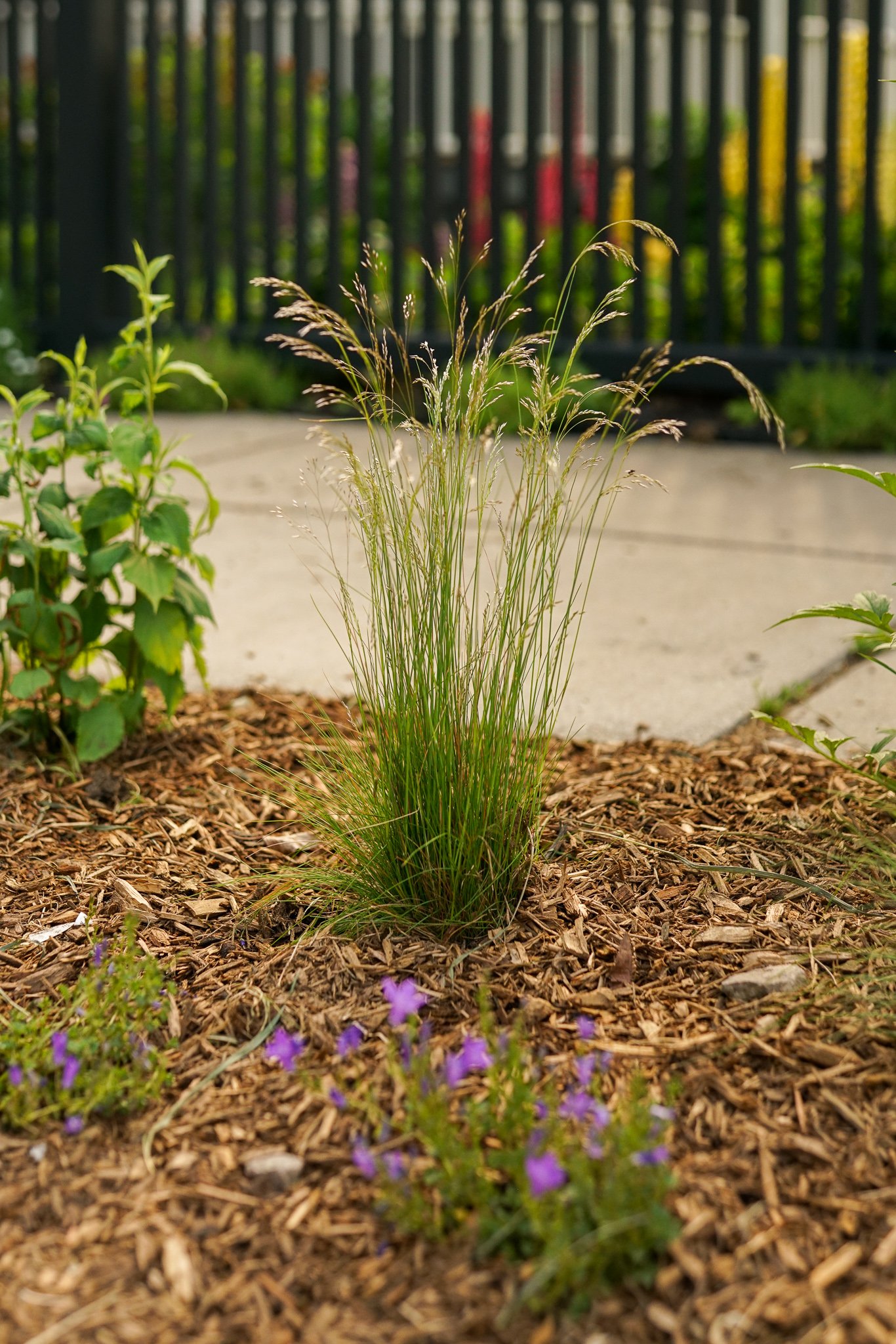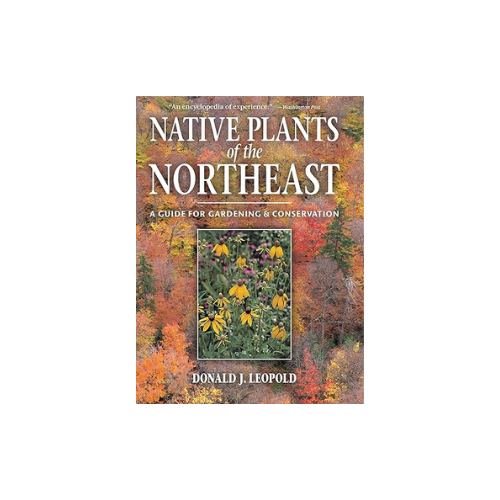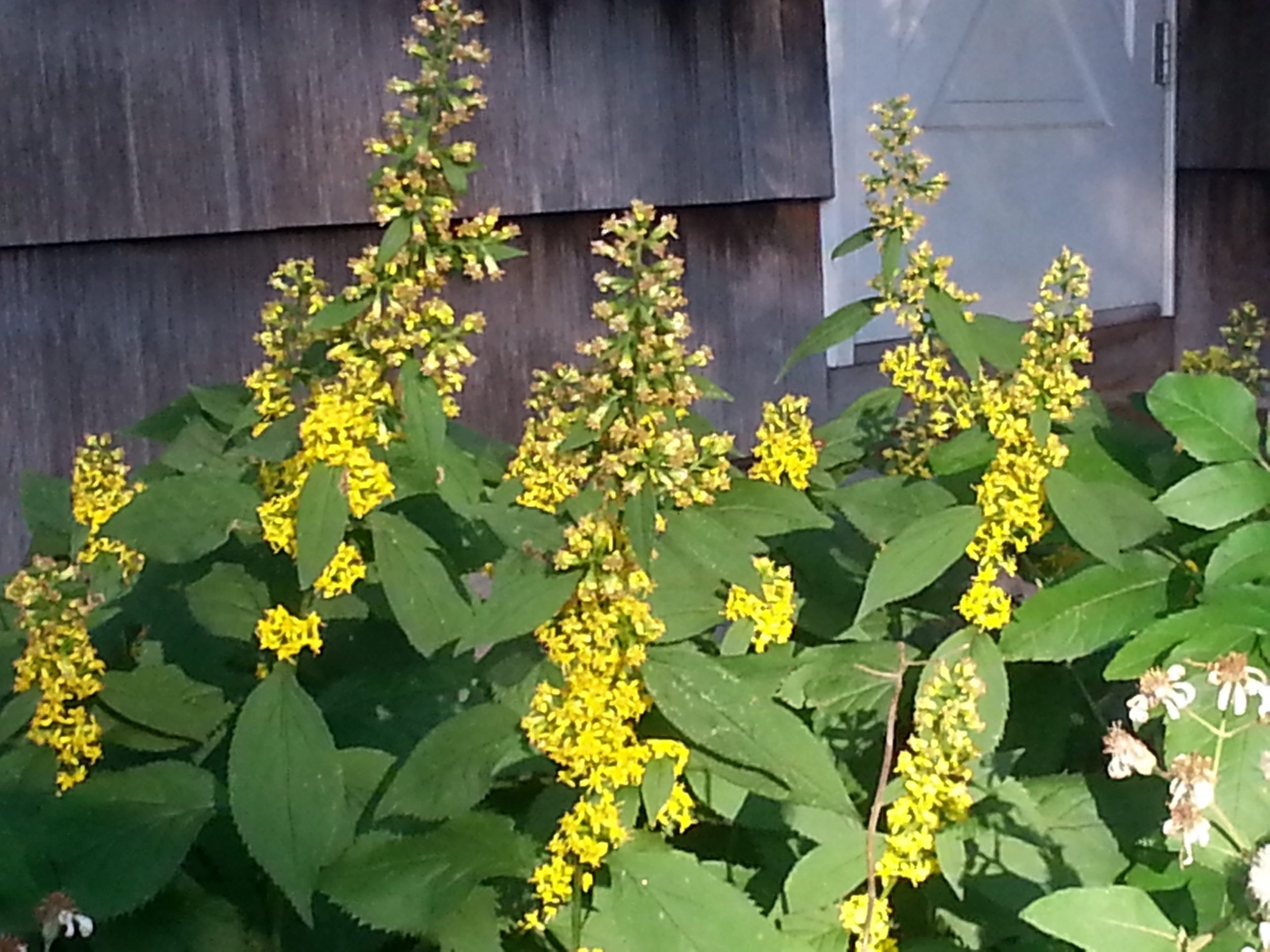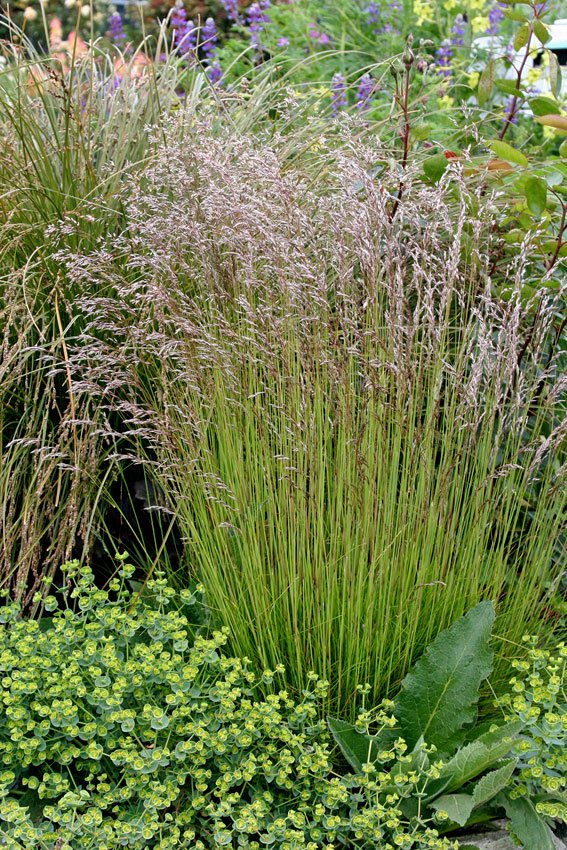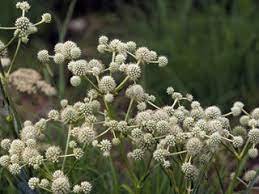Our Hell Strip Plant Guide
When it comes to that strip of land between the sidewalk and the street, it's always fun to ask others about the word they use. We didn't have a term for it while growing up, but we noticed that "hell strip" was the most common response, so we embraced it as our own. In retrospect, it seems a bit funny considering our fondness for the name "tree lawn." Regardless of the name we use, there's always someone ready with the “official” name in the comment section.
// An incomplete list : Hell Strip, Boulevard, Parkway, Verge, Tree Lawn, Planting Strip, Devils Strip, Berm, Nature Strip (Stephen’s favorite), Government Grass, and seemingly a million others.
// TLDR: If reading this blog post makes you feel like planting native is just one more thing that keeps you from even starting in your garden - don’t let it. Do your best to avoid invasive plants and have as much fun doing it as you can!
Our hell strip lived up to its name. Spending decades as a barren sea of crab grass and weeds it sat - sad and neglected. Year after year we asked ourselves “is this the time we do it?” only to be drained of energy and thankful for the fence that blocked it from view. One year we even sprinkled clover seed hoping that nature would be kind and turn it into something lush and lucky. Spoiler alert: it didn’t.
This year, we are determined to change that.
First, Our Approach to Gardening
We regularly receive messages by people who are overwhelmed by gardening.
// Picture this: You are standing at the nursery looking at a cute $20 plant, but stopped in your tracks because of the considerations… size, color, blooming schedule, sun tolerance, etc etc - and this is before you calculate it into your “budget”. Great! So I can afford 4 plants today - that’s hardly a garden. You head home with nothing and feeling defeated. A feeling we know all too well.
The year was 2013: May I introduce our very first garden bed in our very first house. I can confidently say there is a cloud 9, because I was on it.
// How we started: We overcame feeling stuck by taking it all less seriously. Who cares if you buy the wrong plant?! We started to visit the nursery or hardware store more frequently looking exclusively for discounted perennials post bloom (oh, I bet that one will go on sale this week!) We scoured the half dead clearance racks. We even shopped around our own yard and visited our parents gardens. In the end we had a random assortment of plants in various stages of health - but our budgets went A LOT further and we learned so much.
Did it die? Whoops.
Too Tall? Cut it back, or move it.
Doing great and loving it? Invest in more, or split it for next season.
This whimsical approach to gardening really pushed our skills and intuition forward, and made it fun.
// We leveled up when we started to get the hang of a larger variety of plants and started thinking about plants in groupings. Before even leaving the house we now make a plan for a specific area or purpose.
“For this trip we need 2 evergreens and 4-6 perennials. We are limiting ourselves to purple and yellow flowers only - and no more than 4 unique plant types.”
From there we would create repeating clusters, often in odd numbers in any given area. This really changed how we approached the nursery and helped keep us from arriving home with 16 completely unrelated items.
Planting Native
We are not exactly sure where we got the idea but we decided at some point along the way that the hell strip would consist of 100% native plants. The definition of "native plant” varies a bit from source to source but most generally seems to be plants that existed prior to western colonization. By this definition, plants carried by Native Americans for food, medicine, or other practical reasons are considered to be native.
// Preference update : Over the last decade of gardening we have learned a lot about what we like and what we don’t like. In the early days our gardens were shrubs and perennial islands in a sea of mulch - each nice and tidy. Over the years this style of gardening became an absolute bore. Our eagerness to mulch dwindled, fondness of sharp lines faded, and our desire for density and softness grew. This culminated in the kickoff of our “cottage garden” two seasons ago and most recently our obsession with curated meadows.
// So why native? While we would love to say our efforts are purely altruistic, they just aren’t. Our changing garden preferences happened organically - and landed squarely on “curated meadows that appear to have occurred by chance”. The more we read and learned, our chances of being successful (technically and aesthetically) increase when the plants are best suited for the environment. With that frame of mind, native only made sense. As we learn and do more our feelings will continue to evolve, and we can’t wait to see where we end up next.
Choosing Native Plants
We started with two fantastic books: The Northeast Native Plant Primer by The Native Plant Trust and Tiny and Wild: Build a Small-Scale Meadow Anywhere by Graham Laird Gardner. I (David) sat and read these both in a single sitting taking nuggets of info and inspiration from each.
We then found (and became members of) the amazing Native Plant Trust (NPT). Not only do they have nurseries throughout New England but they also have an amazing native plant database. Stephen really took to this method and even created a spreadsheet prior to our trip to the NPT nursery: Garden in the Woods.
Because we were planting in the hell strip we had several plant requirements:
Perennial that does not exceed 3-4’ in height for visibility
Must die to the ground in the winter for snow
Must be full sun and drought tolerant
Bonus: the plant is salt tolerant
Luckily the NPT database has filters for all of these items and we made a list of plants prior to heading to the nursery. From there we relied on staff who advised on in-stock and future stock plants that met all of our requirements.
As you may know, we also planted a tree and consulted the Massachusetts tree guide for selecting trees which advises on native vs invasive trees and recommendations based on height.
Lastly we relied on on-the-spot Google searches when at our local nurseries. The results can be difficult to navigate and “native” is a relative term. We always used the latin name and in some cases had to use our best judgment.
Our Plant List
Final Thoughts
While gardening can be overwhelming to start, pushing through and trying new things is the best way to gain confidence and sharpen your skills.
We find that planting native has made this project much more challenging but also much more fun. We also want to remind everyone to navigate the nursery with an open mind and take it easy on yourself.
After all, it’s only a plant.



